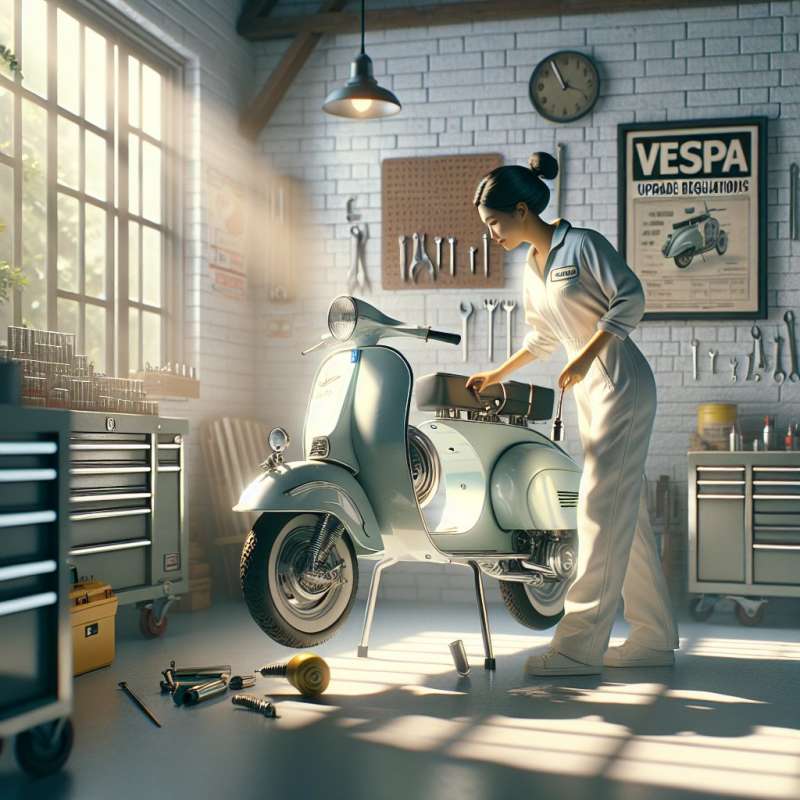
Vespa History Overview
Vespas originated in 1946 Italy, crafted by Piaggio. Their unique design with aircraft technology revolutionized post-war mobility. Today, they symbolize Italian elegance and are celebrated for their style and engineering.
Engine Basics and Types
Vespas typically feature two-stroke or four-stroke engines. Two-strokes are simpler, lighter, and require premixing oil and fuel. Four-strokes are cleaner, more fuel-efficient, and have a separate oil reservoir. Knowing your engine type is essential for proper maintenance.
Regular Maintenance Tips
Regular Vespa maintenance includes checking tire pressure, oil levels, and brakes. Cleaning the air filter, changing the engine oil, and replacing the spark plug are vital for optimal performance. Perform these tasks every 5,000 kilometers or annually.
Unexpected Vespa Facts
The first Vespa had a top speed of 60 km/h and a fuel consumption of 50 km/l. It was considered a technological marvel of its time. The Vespa 98 model, in 1946, even had a built-in radio!
Electrical System Care
Vespas have a unique 12V AC electrical system. Regular checks of the battery, fuses, and bulbs are crucial. A healthy electrical system ensures smooth starts, proper lighting, and reliable horn function.
Fixing Common Issues
Common Vespa issues include hard starting, irregular idling, and poor acceleration. These can often be traced to carburetor problems or ignition system faults. Regular carburetor cleaning and ignition system checks can prevent these problems.
Upgrading Your Vespa
Upgrading your Vespa can improve performance and aesthetics. Popular upgrades include higher capacity cylinders, sports exhausts, and enhanced suspension systems. Always ensure upgrades comply with local regulations and retain the Vespa's character.Vespa in Space!
A Vespa was modified and used in a NASA zero-gravity test in 1969. It helped study vehicle behavior in space-like conditions.
When did Vespas first originate?
Post-war 1950s Italy
Italy, 1946
Late 1930s Europe
Company